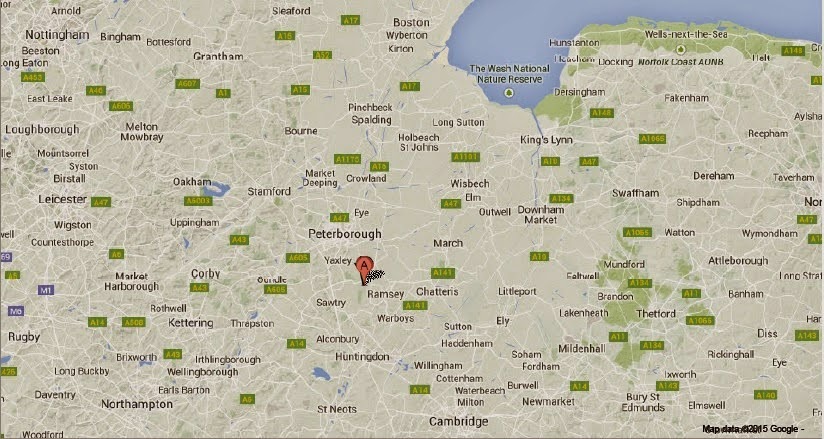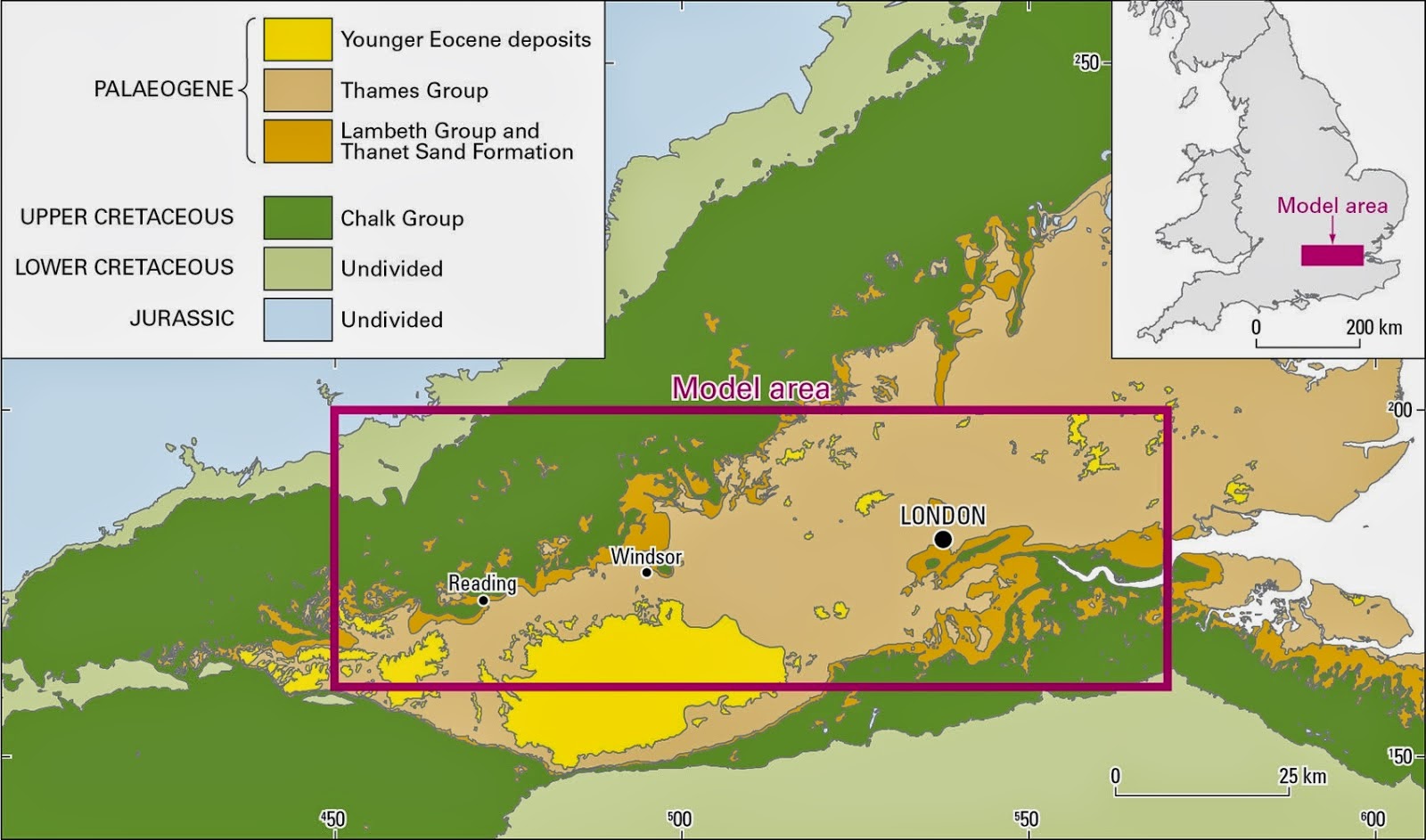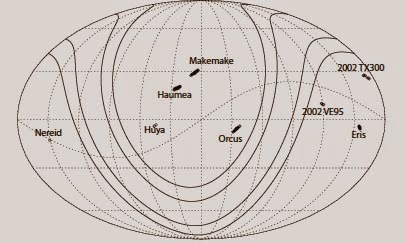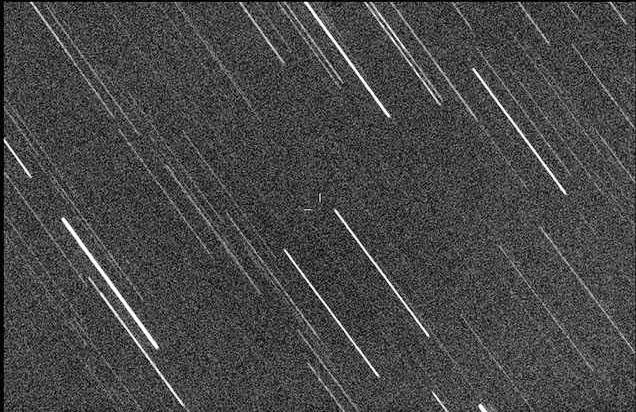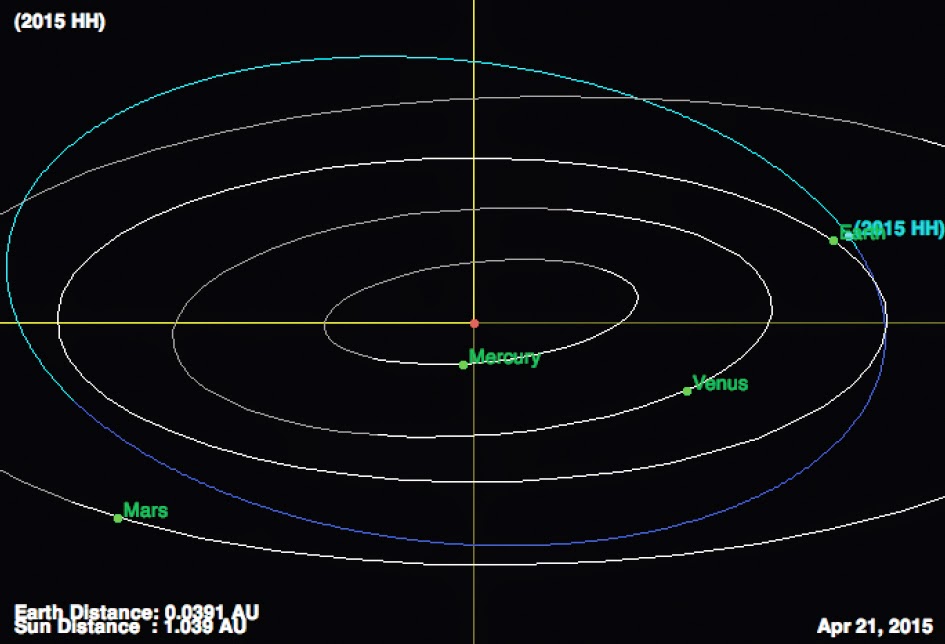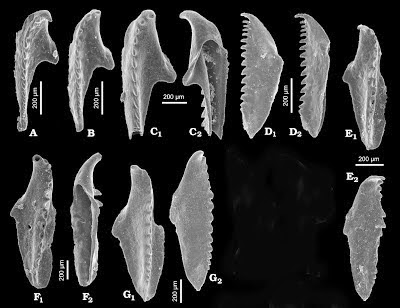The West African Torrent Frog, Odontobatrachus natator,
is found in fast moving streams and waterways in the forests of Guinea, Sierra
Leone Liberia, and western Côte d’Ivoire, part of the Upper Guinean
Biodiversity Hotspot. While it has been known to science for over a hundred
years, a recent study has shown it to be sufficiently genetically isolated from
all other Frogs to merit placing it in its own family, the Odontobatrachidae,
this being the first family of Vertebrates discovered which is entirely
restricted to West Africa.

Cryptic species are species which resemble one-another closely but
which are reproductively isolated. These have been known about for a long time
in groups such as calling Frogs and Songbirds, where morphologically identical
populations can be separated on the basis of different mating calls, but the
true extent of hidden diversity in many groups did not become apparent until
genetic tools became available to study wild populations in the 1990s. The
discovery of cryptic species can have profound implications for conservation
efforts, as what was thought to be a single, widespread species with a large
population can suddenly be found to be a cluster of species, each with very
limited populations and ranges. Cryptic diversity seems to be particularly
common among groups such as small Amphibians and Reptiles, but has been found
even in large charismatic animals such as Elephants, Giraffes, Baboons and
Hammerhead Sharks.
Barejet al. found that the
population of Odontobatrachus natator
contains six distinct genetic lineages, and though they do not go so far as to
name them as new species from this preliminary study, they do indicate that
further studies are likely to result in the group being divided into a number
of separate species.
Tree resulting from partitioned Bayes and ML analyses
of mitochondrial genes 16S, 12S, cytb and nuclear genes RAG1, SIA and BDNF
(outgroups not shown). Barej et al. (2015).
The most widespread of these is found in western Guinea, across
Sierra Leone and as far to the east as eastern Guinea and eastern Liberia. This
includes the area from which the species was first described (Sierra Leone,
unspecified), and will therefore retain the name Odontobatrachus natator however the group is subdivided in future.
This population is considered to be of ‘Least Concern’ under the terms of the
International Union for the Conservation of Nature’s Red List of ThreatenedSpecies.
The most closely related outgroup to this (and therefore the group
least likely to subsequently be described as a separate species) was a
population found only on the Freetown Peninsula in Sierra Leone. This
population is referred to as Odontobatrachus natator (Freetown
Peninsula), and while closely related to the larger population, does appear to
be separate on the basis of the genes studies and is separated from the main
population by a wide area of unsuitable habitat, which may have allowed
reproductive isolation to develop. If this population is recognized as a
separate species then it would be recognized as ‘Critically Endangered’ under
the terms of the International Union for the Conservation of Nature’s Red List
of Threatened Species, due to the limited geographical range it inhabits.
Environmental niche modelling map of genetically
confirmed records of the Operational Taxonomic Units Odontobatrachus natatorand Odontobatrachus natator (Freetown
Peninsula). Barej et al. (2015).
In addition four other distinctive genetic
lineages are identified, and provisionally named as ‘Operation Taxonomic Units’
(OTUs) 1 to 4. These can be further groups as (OTU 1 and OUT 4) which are most
closely related to one-another and the sister group to (Odontobatrachus natatorand Odontobatrachus natator (Freetown
Peninsula)), and (OUT 2 and OUT 3) which are more closely related to
one-another, and form an outgroup to all the other populations.
OTU 1 is found in the Simandou Range and the
Massif du Ziama in south-eastern Guinea, and environmental niche modelling
suggests that it may also occur westwards into parts of Sierra Leone. This
population is considered to be ‘Vulnerable’ under the terms of the
International Union for the Conservation of Nature’s Red List of Threatened Species.
Environmental niche modelling map of genetically
confirmed records of Operational Taxonomic Unit 1. Barej et al. (2015).
OTU 2 was found in western Guinea, though
Environmental Niche Modelling suggested that it may also be found as far east
as central Sierra Leone, though Barej et
al. deem this unlikely. This population is considered to be ‘Vulnerable’
under the terms of the International Union for the Conservation of Nature’s Red
List of Threatened Species.
Environmental niche modelling map of genetically
confirmed records of Operational Taxonomic Unit 2. Barej et al. (2015).
OTU 3 was also found in wesertn Guinea,
though Environmental Niche Modelling suggests that it may be found as far east
as central Sierra Leone and as far west as parts of Guinea Bissau, though
againBarejet al. deem this
unlikely.This population is considered to be ‘Endangered’ under the terms of
the International Union for the Conservation of Nature’s Red List of Threatened
Species.
Environmental niche modelling map of genetically
confirmed records of Operational Taxonomic Unit 3. Barej et al. (2015).
OTU 4 was found in the Nimba Mountains of
southeaster Guinea and the surrounding area, as well as in northeastern Liberia
and the Mont Sangbé National Park in western Côte d’Ivoire. Environmental niche
modelling suggested that this population could extend across much of eatern
Guinea and northern Liberia, and even into eastern Sierra Leone. This
population is considered to be ‘Endangered’ under the terms of the
International Union for the Conservation of Nature’s Red List of Threatened
Species.
Environmental niche modelling map of genetically
confirmed records of Operational Taxonomic Unit 4. Barej et al. (2015).
Although this is only a preliminary study,
the degree of genetic separation between the populations suggests that they may
have diverged during the Plio-Pleistocene. This is consistent with
palaeoclimatic models of West Africa, which suggest while the region was not
directly affected by glaciation during the Pleistocene, glacial intervals at
higher latitudes led to a cooler drier climate in which forests withdrew and
grasslands expanded. During such periods forest species would have been
restricted to isolated refugia, where populations cut off from one-another
geographically could become permanently separated by genetic drift.
See also….
Robber Frogs of the genus Eleutherodactylus are found from Texas
to Guatemala and Belize and across the islands of the Caribbean. The genus was
formerly the most specious of any genus of Vertebrate Animals (i.e. it contained
more species than any other Vertebrate...
In
the late 1960s and early 1970s a series of anthropological excavations
were carried out at Minatogawa Fissure on southern Okinawa Island,
producing a number of Late Pleistocene Human...
Fanged Frogs, Limnonectes spp.,
are unique among Frogs in that the males are typically larger than the
females, and frequently fight for territories, the females then mating
with the males perceived as having the...








